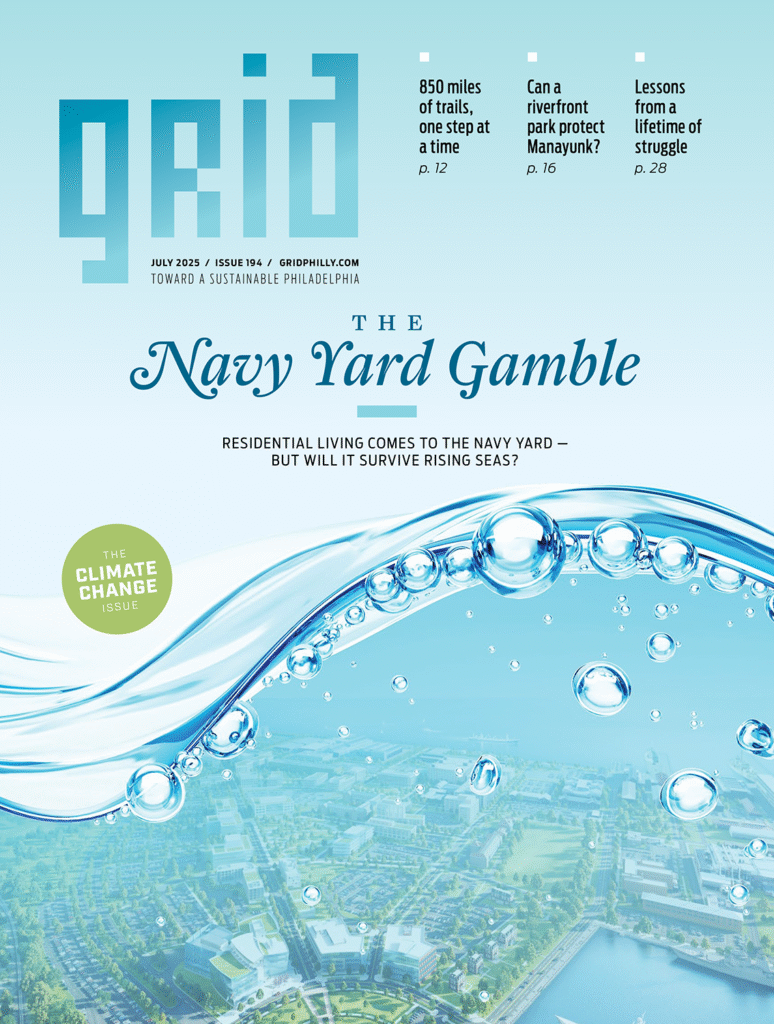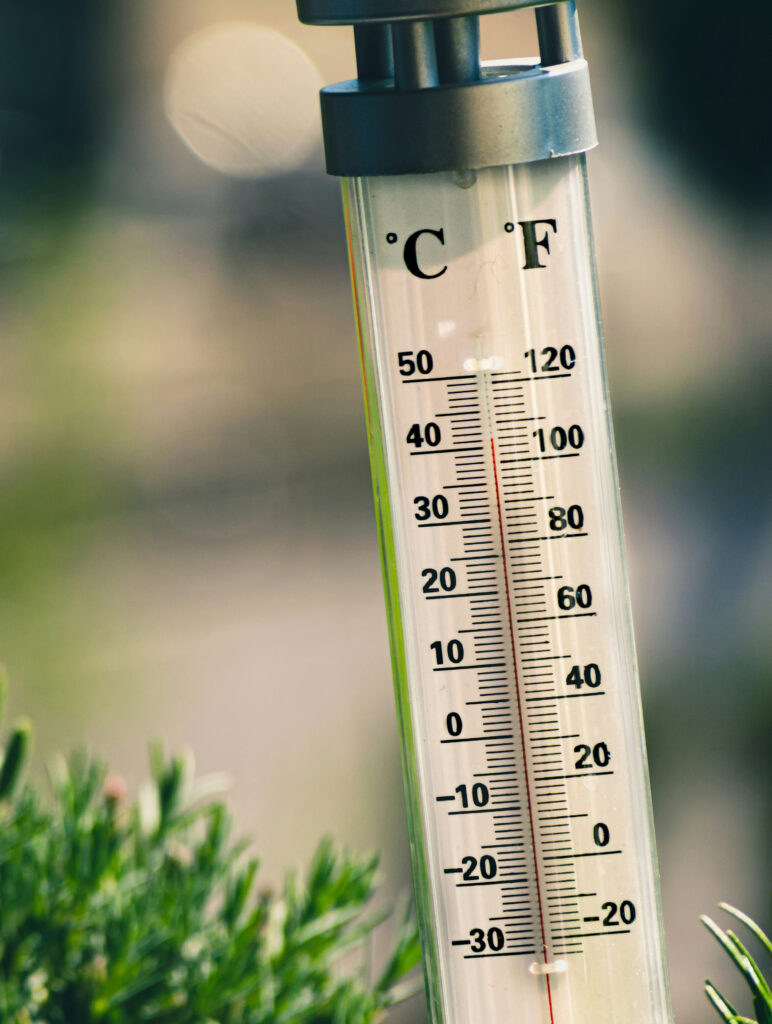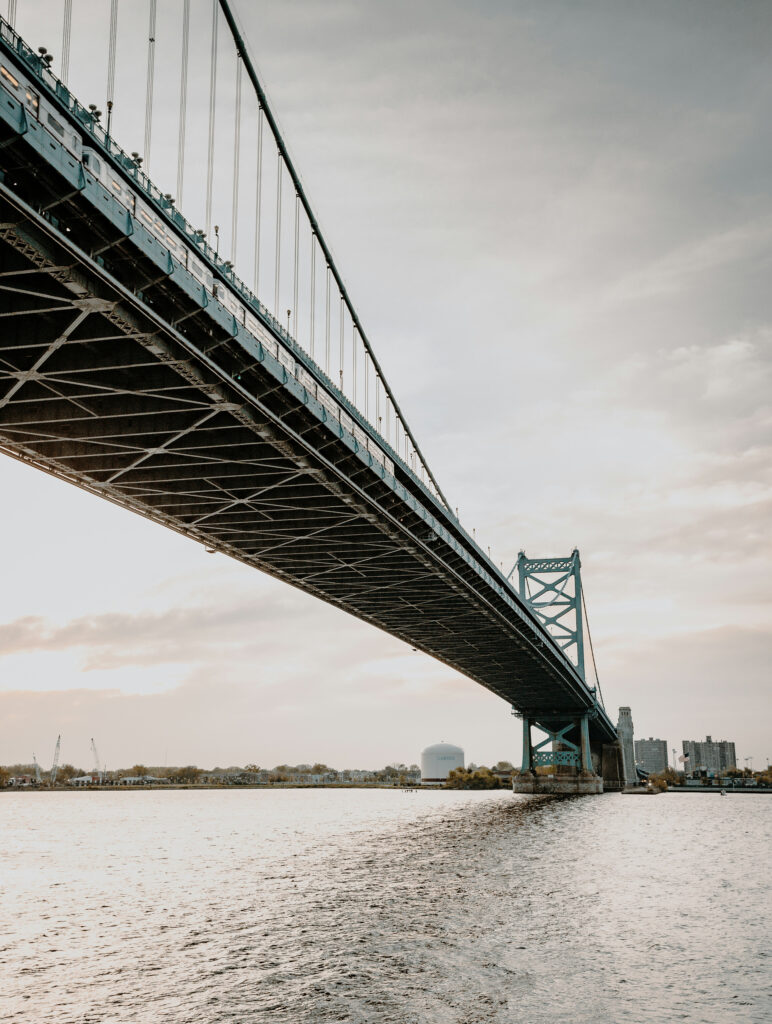It’s easy to feel hopeless. A global disaster-in-progress can do that to you. There are 8.2 billion of us humans on this planet, and we are each so tiny, and, on our own, we each have so little we can do to fight climate change and adapt, when adaptation so clearly requires large-scale action. In
MoreA version of this story originally appeared in Hidden City in 2024 and is shared courtesy of that publication. For nearly two centuries, humans and Mother Nature have tangoed on League Island, the most southeasterly expanse of land in Philadelphia, known today as the Navy Yard. For the most part, humans have gotten the better
MoreOn a typical Monday at Fishtown Pickle Project, cucumbers are everywhere: being rinsed, flying through the spear cutter—affectionately named Britney Spears—and getting stuffed into jars with garlic and seasonings. The aroma of vinegar wafts down the hallways of their manufacturing center in the Globe Dye Works building in Frankford, where the staff processes roughly 3,000
MoreA new climate resiliency plan is in development for Philadelphia, with a new focus: community vulnerability. The work is being funded by $600,000 the Office of Sustainability (OOS) received in March from the William Penn Foundation. The City’s resiliency plan outlines climate change’s impacts on Philadelphia and how the City will meet the challenges they
MoreWhen Grid was planning a home electrification guide for the January 2025 issue, the universe threw us a curveball. Donald Trump’s reelection as president of the United States cast doubt on the longevity of federal financial incentives for homeowners across the country to purchase solar panels, electric stoves, heat pump HVAC units and other climate-friendly
MorePhiladelphia climbed four spots in the Trust for Public Land’s latest ParkScore index, released today, May 21, rising in the rankings from 32 to 28 out of the country’s 100 most populous cities. The index scores city park systems in subcategories such as access, acreage, amenities, investment and equity. Two factors explain Philadelphia’s rise through
MoreHave you ever looked down into the depths of the Delaware River and thought, “It could be deeper”? The likely answer is no. Just last fall, however, The Port of Philadelphia released part of a 15-year plan to expand the port that includes dredging and deepening the Delaware River an additional five feet to a
MoreAmid a federal disinvestment in technical support for environmental justice communities, four community-based organizations (CBOs) in Philadelphia are advancing their work to address the local impacts of climate change. Partnered with Drexel University’s Environmental Collaboratory, Esperanza, Mantua Civic Association, Overbrook Environmental and Education Center (OEEC) and SEAMAAC have released the findings of thorough community outreach
MoreImagine the dirtiest engine legal in the United States. It’s an engine responsible for an annual 30 million tons of carbon dioxide, 21,000 tons of fine particulates and 68,000 tons of nitrogen oxides nationwide that are harmful to human health and the environment, PennEnvironment reports. A heavy-duty truck or SUV may spring to mind, but
MoreSustainable agriculture projects on 143 farms in the mid-Atlantic region have ground to a halt after a climate resiliency grant was paused by the Trump administration’s federal funding freeze. The Pennsylvania-based nonprofit Pasa is administering a $59 million United States Department of Agriculture grant to develop climate-smart practices and increase revenue streams to hundreds of
More








